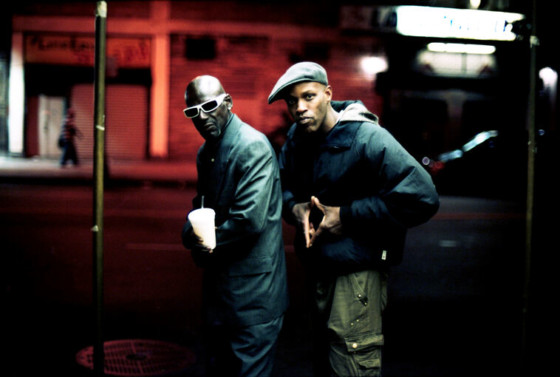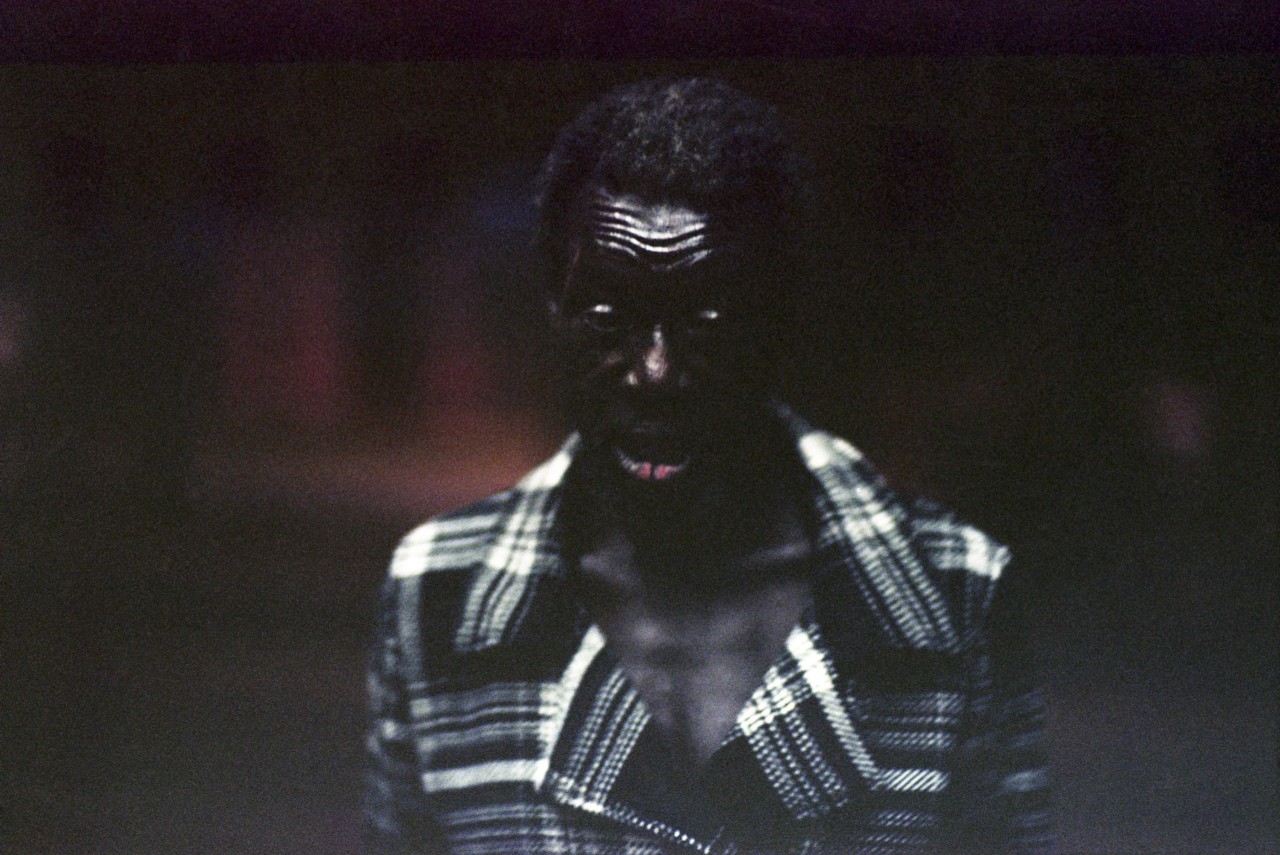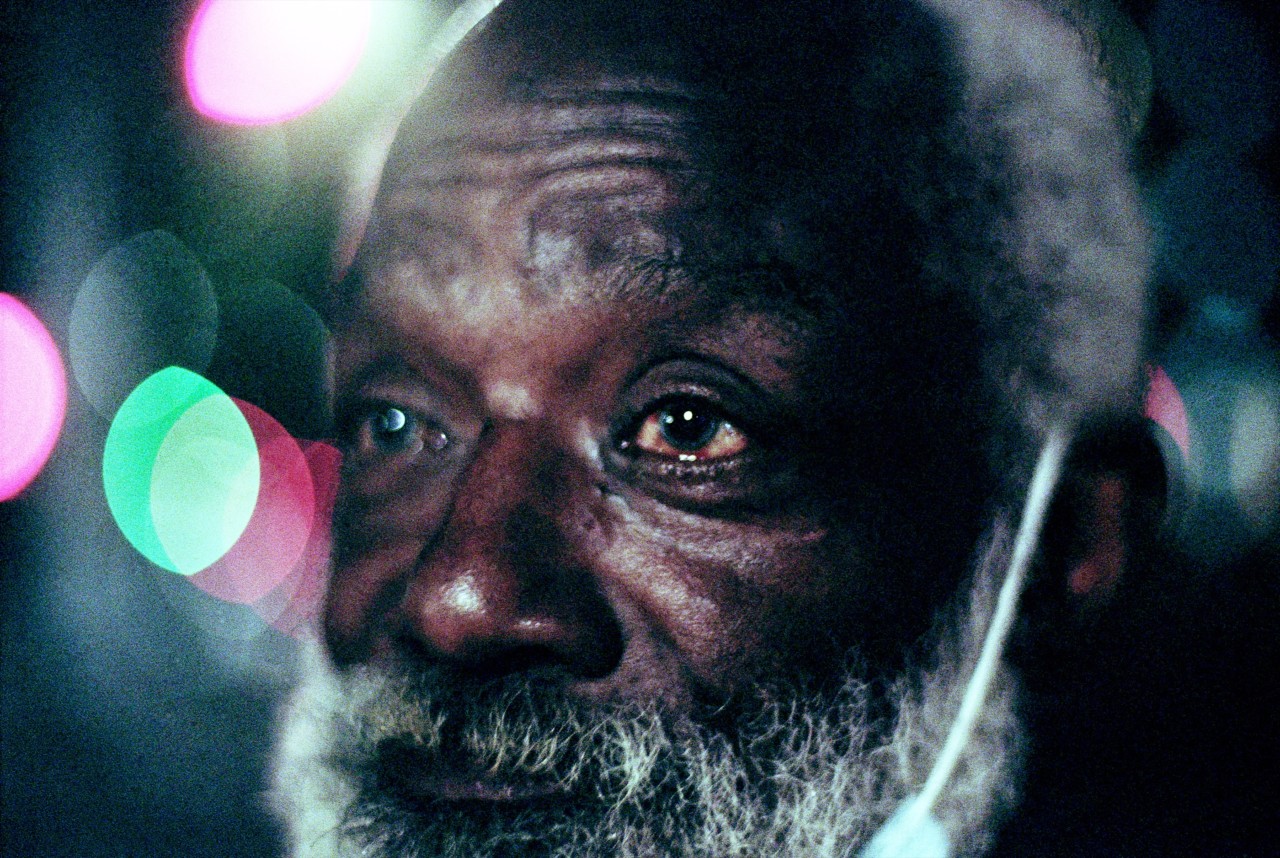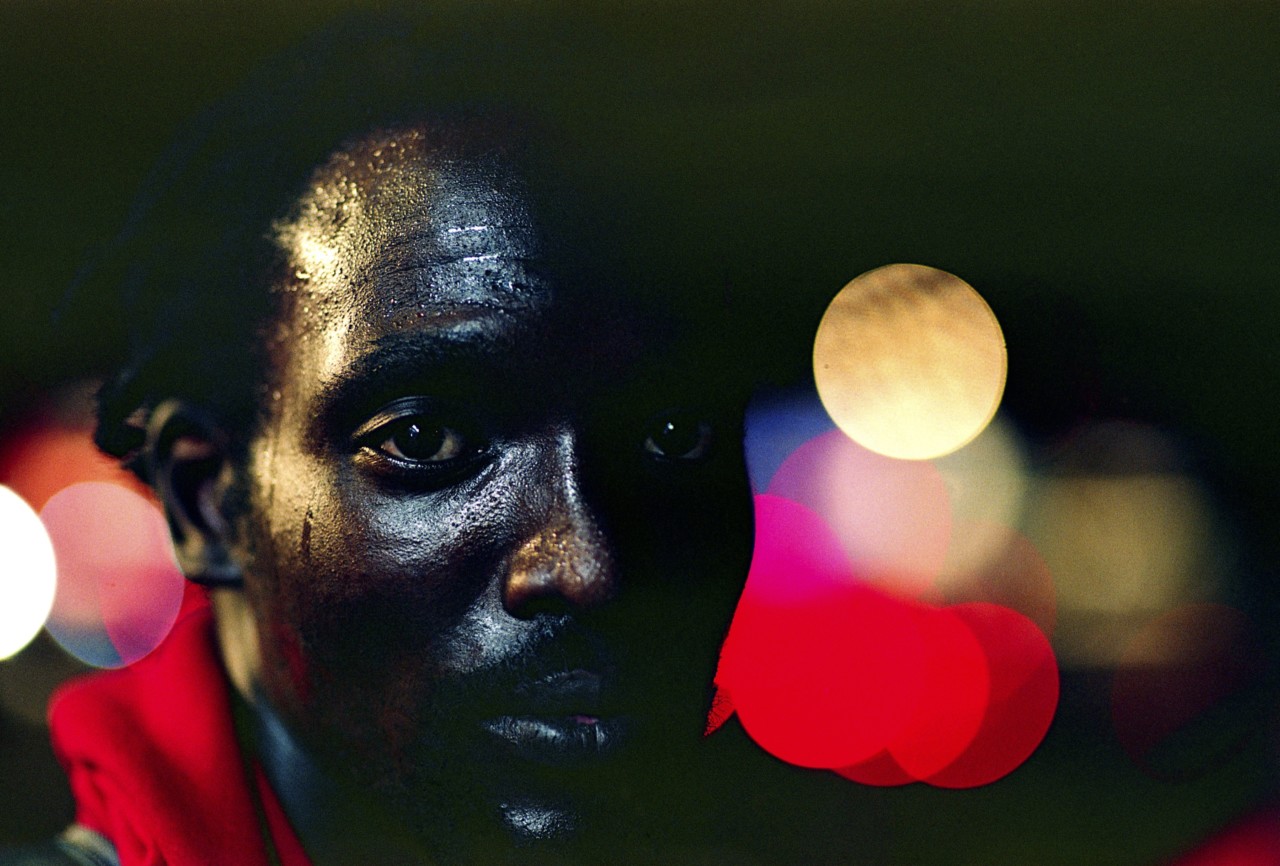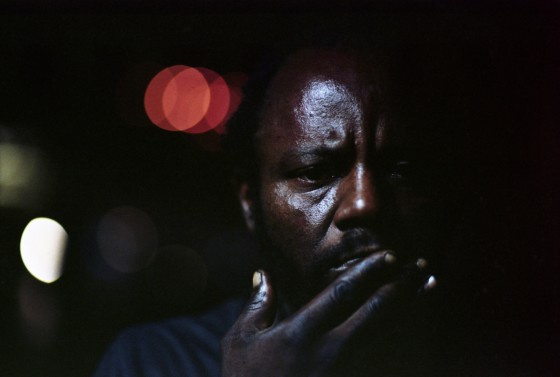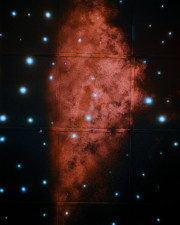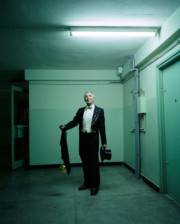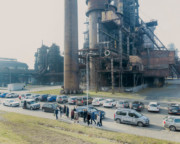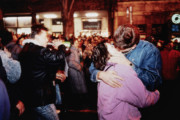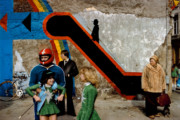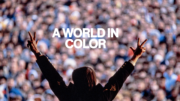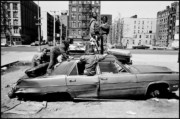Khalik Allah: “The streets are depicted through the faces of the people I photograph”
Khalik Allah talks about his relationship to NYC – especially to one particular intersection of the city – and about the importance of people in his work
Khalik Allah is a New York-based photographer and filmmaker whose practice he describes as “camera ministry”. In winter 2021, Magnum’s new gallery space in Paris held an inaugural exhibition presenting work of Allah and Bruce Davidson, focussing on their work in New York City. A selection of Khalik’s portraits are now available in the Magnum shop.
How does your relationship with New York City affect your work? How does the city shape your approach and how do you go about shaping the city through photography?
My impressions of NYC, since childhood, are depicted through my work. Many of the people I photograph are similar to the faces I saw growing up. I’ve always had a relationship with the streets. People in the streets have always been my teachers. Throughout my teenage years, book vendors on 125th Street were directing me into the path of metaphysics. They were my mentors. When I became a photographer I sought to imbue my work with what I had learned, specifically in terms of psychology and spirituality.
In my series of photographs from East Harlem, NYC and the streets are depicted through the faces of the people I photograph. Much of the background is out of focus. I portray the city through the people that live there. Their faces are the landscape. The experience of East Harlem is projected through their eyes. The people themselves shape the city.
"You can never overestimate the worth of a person"
- Khalik Allah
The connection to your neighborhood and its people is palpable across the series – what’s important to you when shooting? When it comes to what you present, how much decision-making is done in the moment and how much is done in the edit?
It’s important that I have a connection with my subjects because their part is as equally important as mine. We’re co-creators. Honesty is everything. I photograph real people and they know I’m real too. This is what makes a good picture for me. It doesn’t even have to be technically right, it just has to be honest.
When I consider editing, I have what I consider the “Holy Trinity”: lighting, framing and subject matter. When those three things are aligned, I feel I’ve made a good image. When I’m editing, that’s the criteria I’m striving to meet.
Your work is being shown alongside Bruce’s in Paris – how do you relate to Bruce’s work? Has it been an influence on you? How does it feel to see the two projects together?
Bruce Davidson is a hero of mine. I’ve studied and admired his work since becoming a photographer. To show my work alongside his is a tremendous honor for me. It’s one of the highest achievements of my career. To be in conversation with Bruce Davidson, photographically, makes sense because, although our work is different, it’s somewhat similar thematically. East 110th Street isn’t far from East 125th Street. Also the portraiture in his work Subway impressed me. It spoke to me when I was just beginning. And being from New York I could relate to it very much.
What does it mean to take this work to Paris and to see the portraits in a gallery context? How does this relate to the original intention of the project? What have you learned through doing this?
I consider Paris the Mecca of photography. I put a lot of effort into my work but to have a show with Bruce Davidson in Paris was unexpected. It feels like an arrival but also motivation to make new work and to continue growing.
In my view society doesn’t really value the people I photograph. But to depict their humanity in a beautiful way may help society change their view of them; to see them as equal people, to see them as beautiful and worthy of acceptance and celebration. They are people who have been oppressed. I like to remind them and the viewer of the value I see in them. You can never overestimate the worth of a person. Everyone has value. That was the original intention behind the work.
Can/Will this body of work ever be completed? What are you planning next?
I am doing other projects but I will always return to this intersection. I feel indebted to these streets. I felt like I was making a family photo album of the poor. 125th and Lexington has prepared me to do other work. I’m shooting in Costa Rica now. Again, it’s about the soul of the people.
For me, photography is best when it’s about family. I plan to photograph more families, whether biologically related or joined through shared circumstances.







